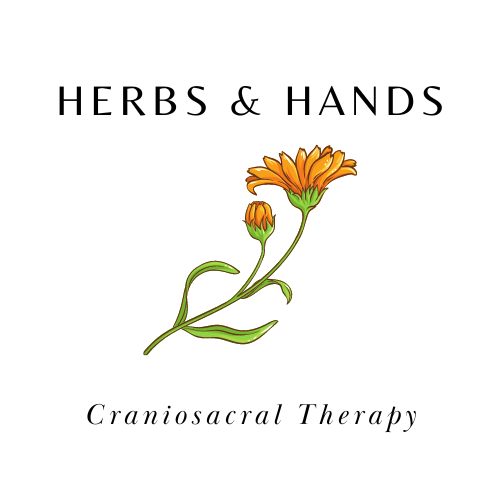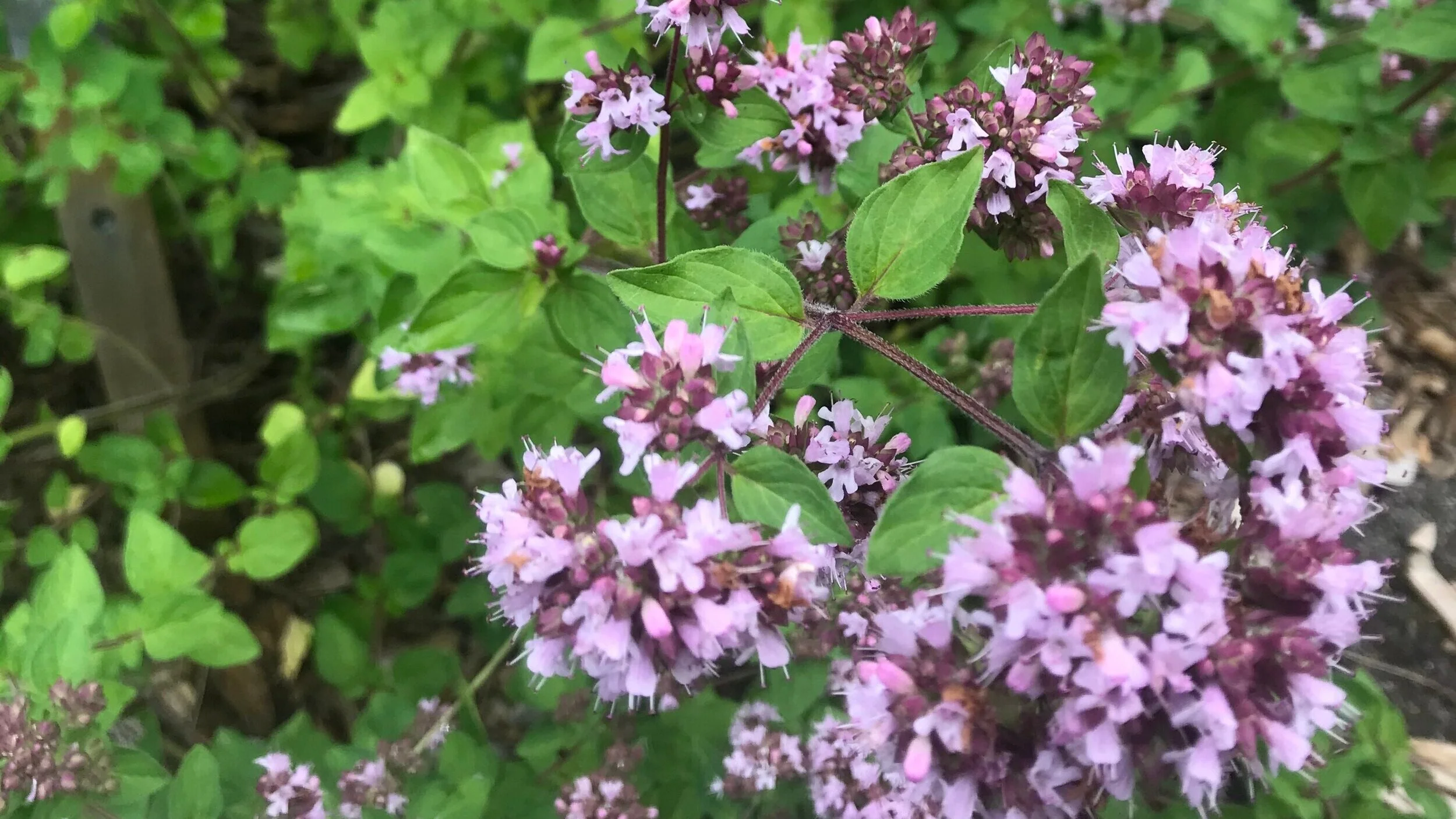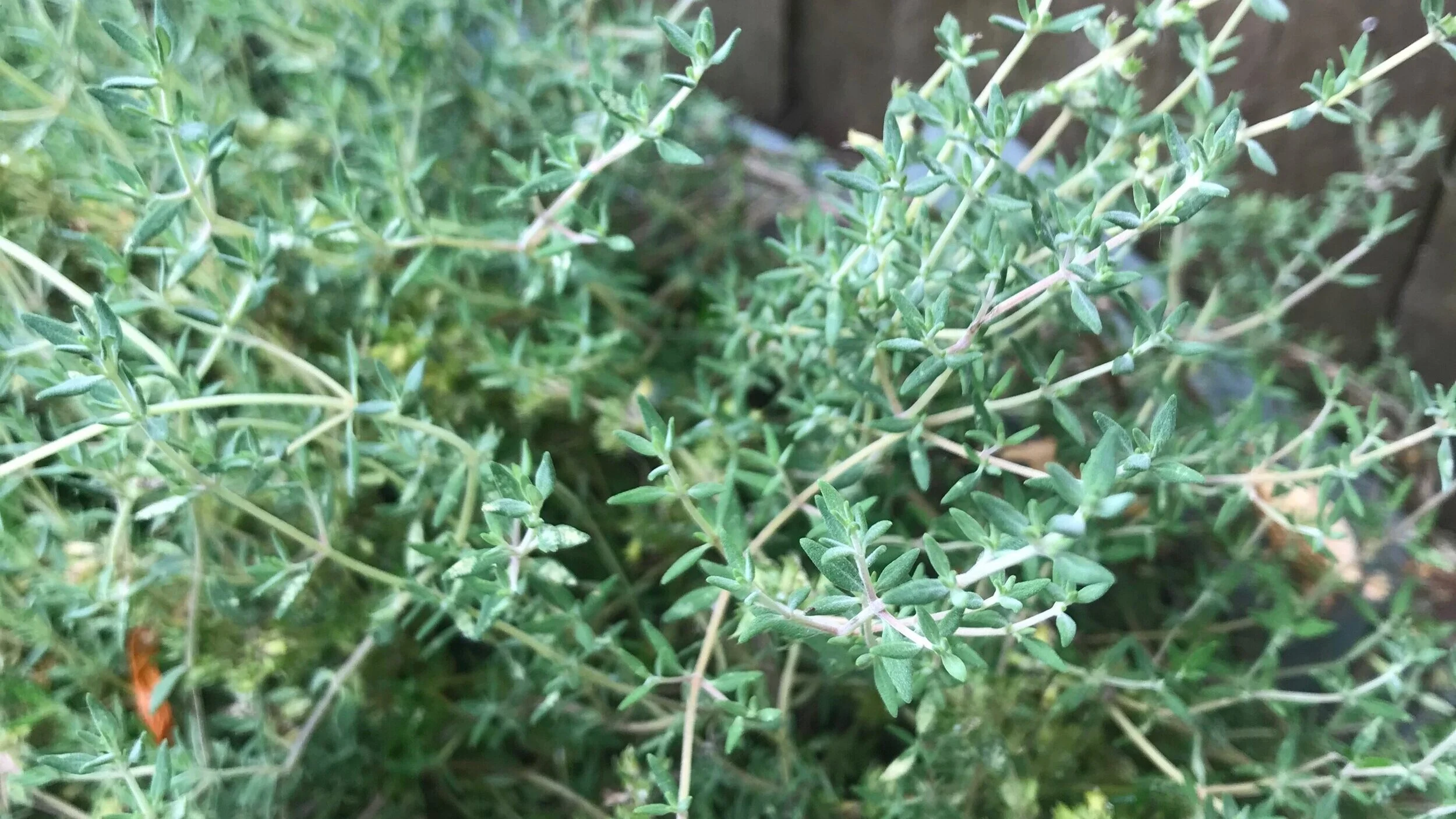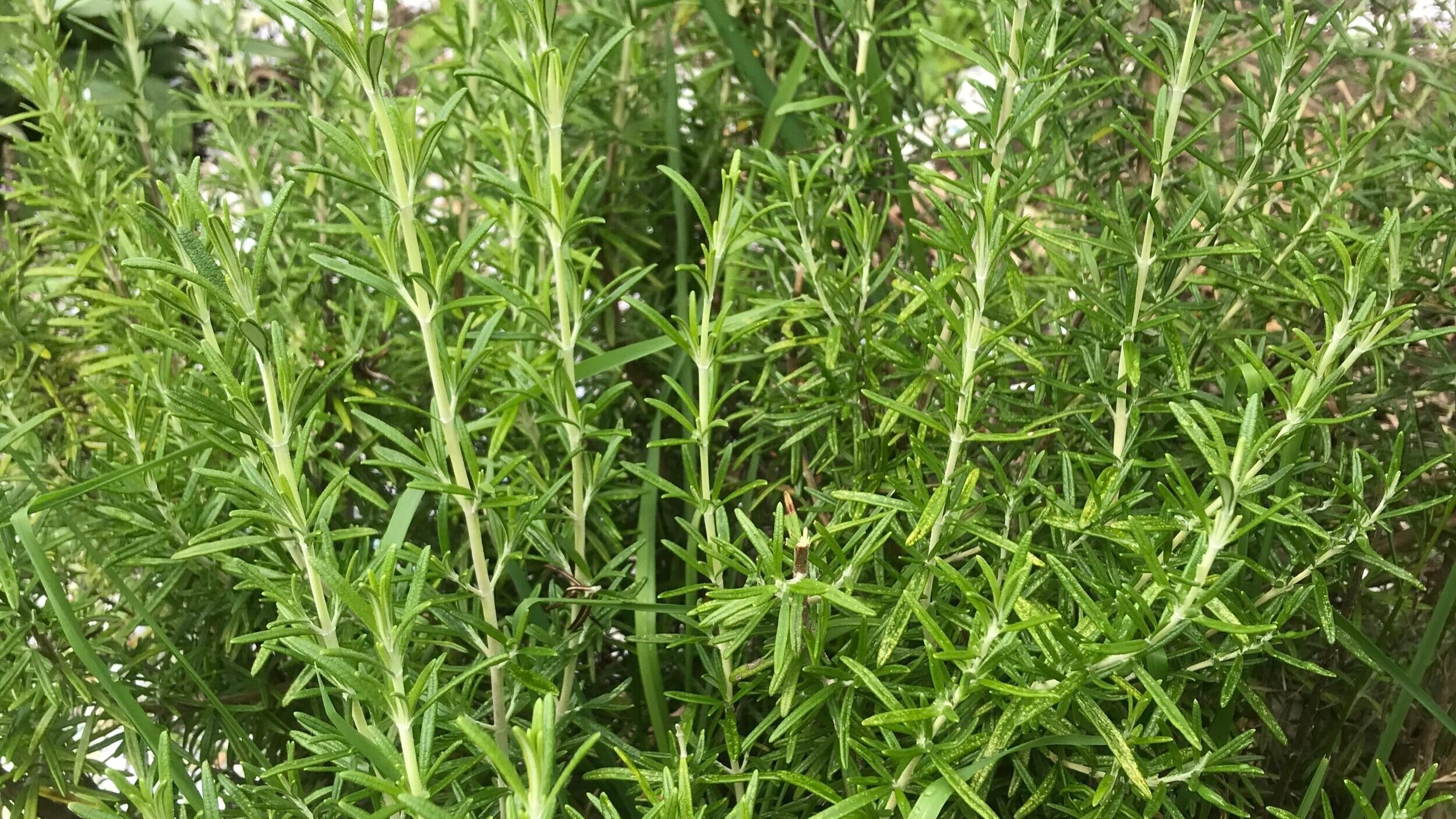Spaghetti Herb Medicine
Some of the most common herbs you can find in any kitchen can be used to make a tasty spaghetti sauce. Most of them are also mint family plants making them easy to grow guests in your garden whether it is in your field, yard, balcony, or window sill. All are quite aromatic showing a high essential oil content making them great antimicrobial allies, and they are tasty and nourishing, making them safe for regular consumption in your daily diet.
Are you sold? I know I was. Let’s dive in and meet a few of these herbal allies!
Oregano
Aren’t those flowers beautiful? This is one of my several oregano plants growing in my garden. Each year, this one flowers first and the most spectacularly. The bees love these blossoms even more than I do. Okay, now that we have properly appreciated the beauty of this usually unassuming plant, let’s dive into it’s medicinal properties and uses.
Oregano also known as Origanum vulgare is an herb particularly suited to digestive complaints and the treatment of infections. The herb is warming, antibacterial, antiparasitic, relieves gas, and aids digestion. Oregano is a great mover of fluids, blood, and stagnant energy used in Western herbalism as well as Traditional Chinese Medicine.
The dried or fresh leaves are commonly used in cooking and in teas. The essential oil has gained popularity due to it’s antimicrobial effects especially against fungi and parasites, but is often used in a way that causes harm. As with all essential oils, remember you are using the plant’s natural defenses in highly concentrated form. I personally consider all essential oil use to be similar to pharmaceuticals due to the extensive processing and concentration needed to create them. I’ve also treated many essential oil injuries, most commonly topical skin rashes caused by using undiluted (neat) oils. This includes very raw diaper rashes and my first patient during medical school who had a genital rash they were treating with oregano oil. The more they treated, the worse the rash got - a clear indication that the treatment either isn’t working or is causing harm.
Personally, when I am looking to use oregano’s medicinal qualities, I will add copious amounts to my food, add it to hot water and breath in the steam, or add it into a tea.
Thyme
Thyme (Thymus vulgaris) is another mint family herb that grows perennially (sticks around for years) like Oregano. It also sends up flowers in the Spring and Summer, like its leaves, those flowers are quite small and are clustered similarly to Oregano’s.
Thyme is considered a hot herb - this means care must be taken when using it topically. Thyme is strong medicine! It is a very potent antifungal and antibacerial that is often used in wound care including cellulitis. The essential oil MUST be highly diluted prior to use to avoid causing blistering burns on contact. Remember to always dilute essential oils in oil not water as oil and water do not mix together but separate out as one of my herbalist teachers learned the hard way when taking a bath with thyme oil added in - OUCH!
Thyme also is a great anti-spasmodic and bronchodilating herb and I often incorporate it into formulas for asthma or other conditions with a dry spasmodic cough. Do be warned, it’s a great expectorant meaning, it will help you cough up phlegm. Thyme also works similarly on the urinary tract helping to treat infections, move things along, and reduce painful spasms.
Thyme essential oil should NEVER be ingested unless you are doing so under the direct supervision of a highly skilled herbalist. Taken internally it can cause intense abdominal pain and temporary collapse. Thyme should only be consumed in small amounts in food during pregnancy.
Rosemary
Rosemary, more formally known as Rosmarinus officinalis, is another warming and drying herb in the mint family that also has effect on the nervous system. An old adage is “Rosemary for rememberance” and as such, many a herbalist can be seen taking an exam with a sprig of this aromatic herb tucked behind their ear. Rosemary is also a lovely addition to one of my favorite herbal tea blends named Where is My Mind produced by my friend Mel of Mountain Mel’s Essential Goods.
When categorizing Rosemary’s many actions, we can name her as: Antidepressant, Anti-inflammatory, Antispasmodic, Antidiabetic, Antibacterial, Antioxidant, Anti-anxiety, Liver protective, Cognitive enhancer, Gas relieving, Promotes the flow of bile, and pain reliever - to name a few.
Rosemary’s antioxidant effects are so potent that even when taken internally, the herb can help prevent sun damage. She is given the name of the Queen of Antioxidants. This antioxidant activity is also anti-inflammatory in nature; paired with her ability to stimulate circulation, this makes Rosemary a good herb to have on hand for pain relief - especially joint pain.
Plenty of research has been done on this herb due to it’s many medicinal effects, much on mice of course as this research is less expensive and easier to do. But we see potent anti-depressant and anti-anxiety effect within mouse studies - just as good as Prozac in double-blind placebo controlled studies. This fits in with another of Rosemary’s traditional uses for gladdening the heart.
Another traditional use of Rosemary is in a hair rinse to promote hair growth and the health of hair. A combination of Nettle and Rosemary in a hair rinse is great for promoting luscious locks.
As with Thyme, Rosemary should be eaten in smaller quantities during pregnancy.
Sage
Garden Sage (Salvia officinalis) is most often thought of as an ingredient in stuffing and gravy, but it is so much more! As another easy to grow mint family plant, Sage is happy to join your garden.
I most commonly use sage to help combat the sweating associated with the hot flashes of menopause, for sore throat and toothache, for skin wounds, and to improve digestion. Sage is also a good addition in the treatment of Diabetes, sore muscles, and high cholesterol.
As with sweating, Sage can be used to dry up milk supplies and is often used in tea form when lactating people wish to wean their nursing children.
Sage should not be eaten in large quantities during pregnancy and should be avoided if there are difficulties with milk production.
Basil
This pesto herb is also so much more - but pesto is the besto! Ocimum basilicum (the latin name) has been used as both a culinary and medicinal herb since ancient times. It relaxes the digestive organs, gets sweat flowing, helps you hack up gunk from your lungs, improves appetite and digestion, and has been used for detoxification from cannabis use as well as heavy metal toxicity. It also seems to help with bone and connective tissue healing.
This is an herb that I admit to not using medicinally but more as a culinary herb. I also for some reason have a very hard time growing this herb. For these reasons, I consider Basil at this time as more of a food than anything else. If and when Basil and I form a better working relationship, I may have more to say about this tasty leaf.
Parsley
Parsley also goes by the name Petroselinum crispum and is another warming and drying herb. This herb is not a member of the mint family but of the carrot family. Also, unlike the herbs listed above, parsley roots and seeds are used medicinally in addition to its leaves.
Parsley has the effects of helping increase urination, relieving gas pain, acting as an antioxidant, stimulating blood flow to the pelvic organs, and increasing milk production. Traditionally, it is used to treat urinary tract infections, swelling, kidney stone formation, lack of menstruation, and digestive upset.
Parsley like all green leafy foods is high in vitamin K, so if you are on Warfarin therapy, be sure to communicate with your pharmacist and doctor if you plan on increasing your consumption of Parsley.
Like many of the herbs above, avoid eating large quantities of Parsley during pregnancy.
I hope this week’s article has inspired you to get creative in your kitchen and incorporate more fresh herbs into your cooking. Not only do they make your food taste fantastic, they help you digest that food better and provide you with an array of medicinal benefits.
Herbs are medicine, food is medicine, the way we live our lives is medicine, our thoughts are medicine, our relationships are medicine, our lives are medicine - if we choose to engage fully with them!
I hope you share some of your favorite ways to use these herbs with me and if you grow your own or make a tasty dish, I would love to see pictures too!
To our health!
References
De La Foret, R Alchemy of Herbs, 2017, Hay House Inc, Carlsbad, CA
Stansbury, J, Herbal Formularies for Health Professionals: Volume 1 Digestion and Elimination, 2018 Chelsea Green Publishing
Tilgner, S.M., Herbal ABC’s: The Foundation of Herbal Medicine, 2018, Wise Acres LLC, Pleasant Hill, OR
Wood, M, The Earthwise Herbal: A Complete Guide to Old World Medicinal Plants, North Atlantic Books, Berkley, CA, 2008







